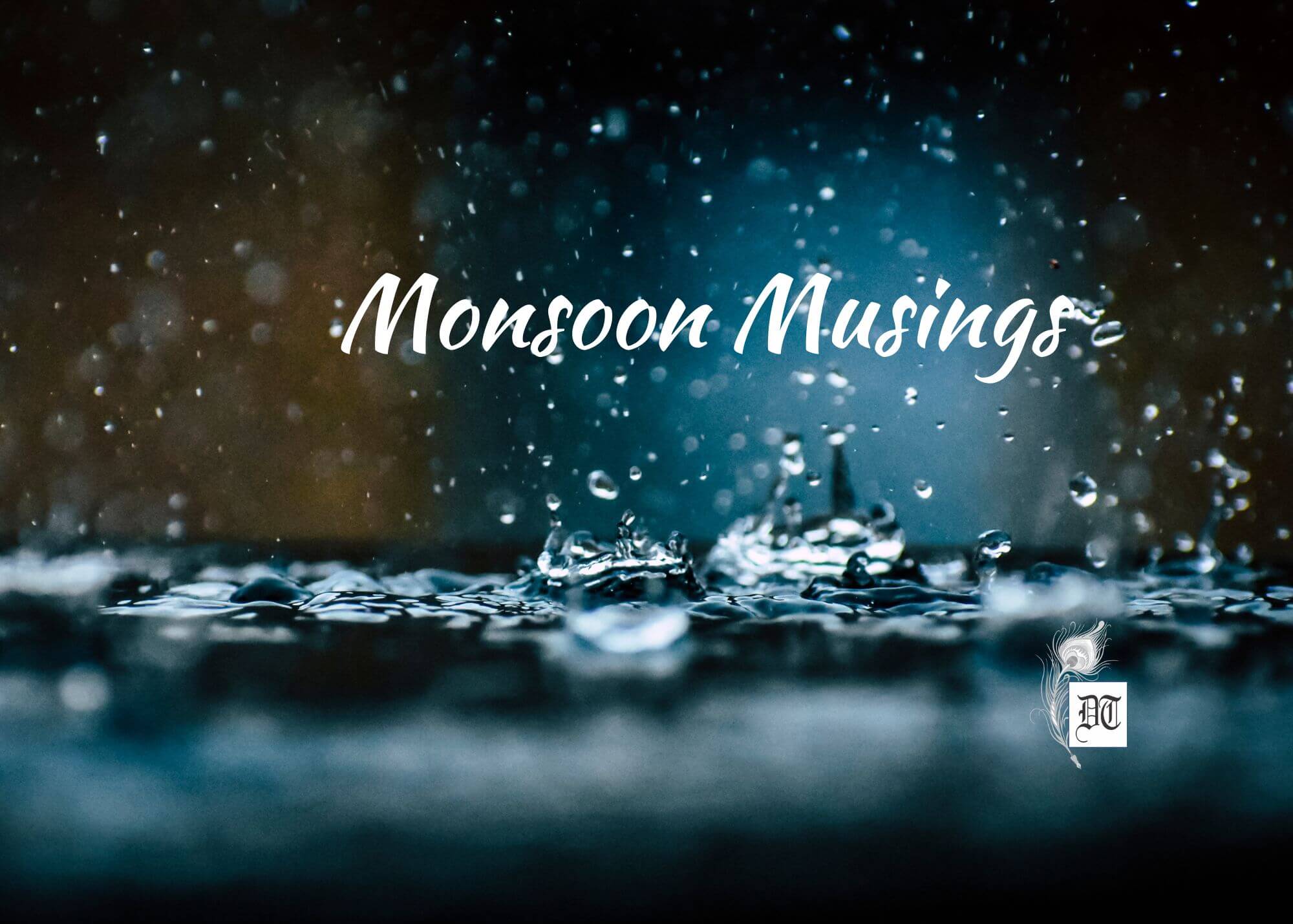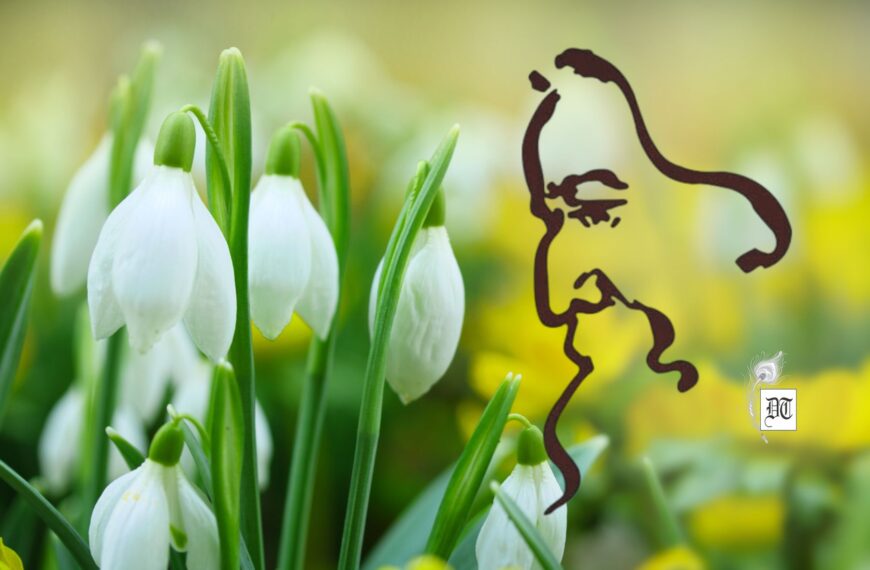Ruchira explores the historical significance, cultural impact, and contemporary challenges of the Indian monsoon, highlighting its poetic portrayal in classical music and literature, exclusively for Different Truths.

Eons ago, when the subcontinent was endowed with a greater quantum of pristine natural beauty and the overall ambience was pastoral, the monsoon season was an integral part of the lives of ordinary folks. It was an experience of a different kind. The blissful showers that marked the finale of a sweltering summer, the subtle fragrance that emanated from the damp earth, the sombre, grey clouds, intermittently audible thunder claps, swirling waters of roaring rivers, heavy downpours interspersed with flashes of lightening, all this and more—depict the quintessential Indian monsoon.
By and by, the diverse aspects of the monsoon were interpolated with a flurry of human emotions, e.g., viraha (pangs. of separation), abhiman (ruffled emotions), loneliness, anxiety, and many more. In that bygone era when the lives of people were slow-paced and leisurely, people devoted a good deal of time to music. As a natural result, monsoon-linked emotions and thoughts permeated classical music’s domain. And voila!! We can be proud of the rich classical repertoire that has been handed down to us.
Most music lovers must be aware of ‘Kajri’ songs sung across vast stretches of Uttar Pradesh and Bihar. The word ‘Kajri’ is derived from ‘kajal‘ or kohl, alluding to the misty atmosphere after rains that appears to be smeared with kohl. According to popular folklore, there was once a woman named Kajali whose husband was away on business for many months. When the monsoon arrived, Kajali, groaning under the burden of loneliness, poured her heart out at the feet of Goddess Kajmal. It is believed that her flowing tears assumed the form of the popular Kajri songs.
Over the decades, the significance of monsoons has also been vividly captured in annals of ethnic literature and poetry. For instance, in Kalidasa’s magnum opus (in Sanskrit), Meghadootam, we are distressed to find how a lovelorn Yaksha (demi-god) reaches out to a cloud messenger (megh dootam), imploring him to carry his message to his wife, who languishes in a destination miles away from him. Now, onward to the seamier aspects of the rainy season. What has been described above is almost passé, with the growing advancement of commercialization and urbanization. Several generations of Indians have grown up witnessing leaking roofs, flooded lanes and alleys, and surging overflowing rivers, causing untold devastation to life and property. Even the poshest neighbourhoods of our mega-metropolitan cities encounter deluges, rainwater-filled potholes, and overflowing gutters. When you step outside, you find slush and rivulets carrying piles of trash from one place to another.
My fondest monsoon memories date back to my childhood days in Guwahati, Assam. Sometimes there would be such heavy downpours that our school (like so many others) would declare a ‘rainy day’ and pack us off to our respective homes. Such an unexpected holiday would be a boon for us. I remember, most of my family’s homes had spacious balconies, terraces, or both. On occasions, particularly during weekends when torrential rains forced us to remain indoors, my father would chill out in these, strumming on his Hawaiian guitar and belting out some of Tagore’s monsoon rhapsodies.
As a toddler, when I first beheld a rainbow, I was bemused; subsequently, I often attempted to draw rainbows in my school sketchbooks.
Along with my bunch of buddies, I would wander around our neighbourhood, when there were intervals between showers; we jumped over muddy puddles, and got our clothes mud-splattered in the process; we would make paper boats and float them in the waterlogged portions of the lane.
In one of my Delhi neighbourhoods, the school bus stop’ had no shade or shelter whatsoever; therefore, on certain mornings when the bus was nowhere to be seen and, to make matters worse, there were sudden showers, all the kids would huddle into a friendly neighbourhood bakery store, dripping raincoats, umbrellas, shoes, and all—till the bus arrived. The distinctive aroma of the freshly baked gooey goodies in the shop made us hungrier. In a couple of other schools, I studied at, the administration and teachers would organize Van Mahostav during early August each year. On that particular day, we would arrive at the school dressed in green. Each of us mandatorily carried a sapling, which we planted within the school premises.
Post-showers, it was the perfect time to hunt for and pluck (on the sly) the immaculate, white, aromatic blossoms, e.g., juhi, chameli, beli, and more. The dash of rain appeared to have made their scent more overpowering than usual.
Picture design Anumita Roy






 By
By

